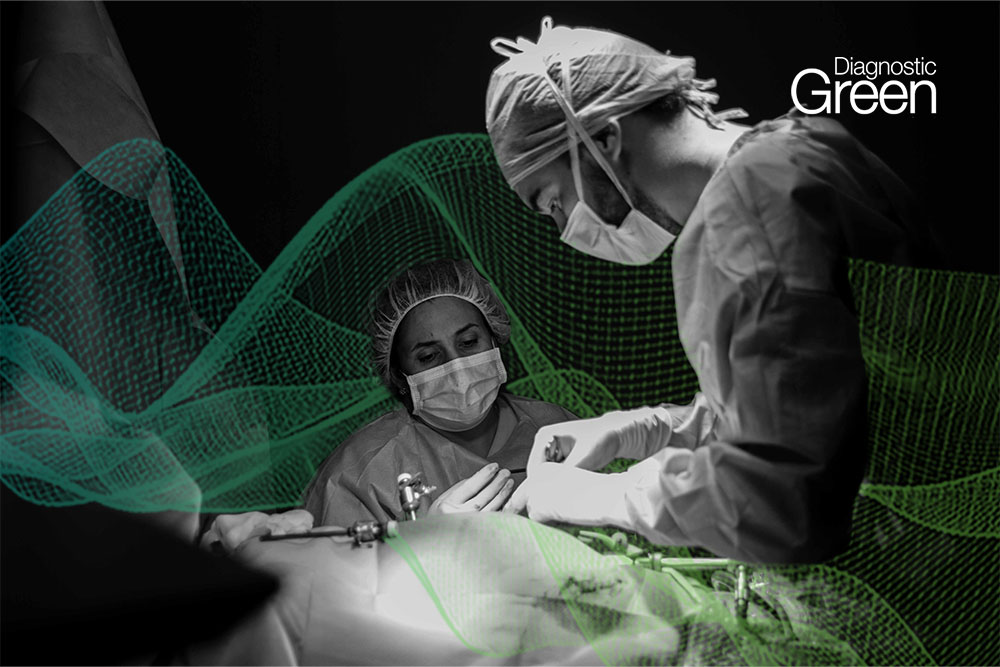Management of neonates with long gap esophageal atresia (LGEA) is one of the most challenging situations facing pediatric surgeons. Delayed anastomosis after internal traction for esophageal lengthening was reported as a useful technique for long gap cases. Additionally, the use of near-infrared (NIR) fluorescence imaging with indocyanine green (ICG) has gained popularity in pediatric surgery, especially for blood perfusion validation. We report a novel technique for safe and secure anastomosis for LGEA in the neonatal period using internal traction and ICG-guided NIR fluorescence.
Patient and surgical technique: A pregnant woman with polyhydramnios was admitted to the department of obstetrics in our hospital. At 29 weeks of gestation, ultrasound showed mild polyhydramnios and absence of the fetal stomach. A male neonate was born at 38 weeks of gestation with 21 trisomy. EA (Gross type A) was diagnosed based on an X-ray study that showed the absence of gastric bubble with a nasogastric tube showing the “coil-up” sign. Thoracoscopic internal traction and laparoscopic gastrostomy were performed on day 4 after birth. We confirmed the distance between the upper pouch and lower pouch on X-ray. On day 16 after birth, thoracoscopic anastomosis was performed. We successfully performed esophageal anastomosis without tearing the esophageal wall. Blood perfusion of the upper and lower pouch was validated after anastomosis using ICG-guided NIR fluorescence.
Conclusion: Delayed anastomosis for LGEA in the neonatal period using internal traction and ICG-guided NIR fluorescence is safe and feasible.











